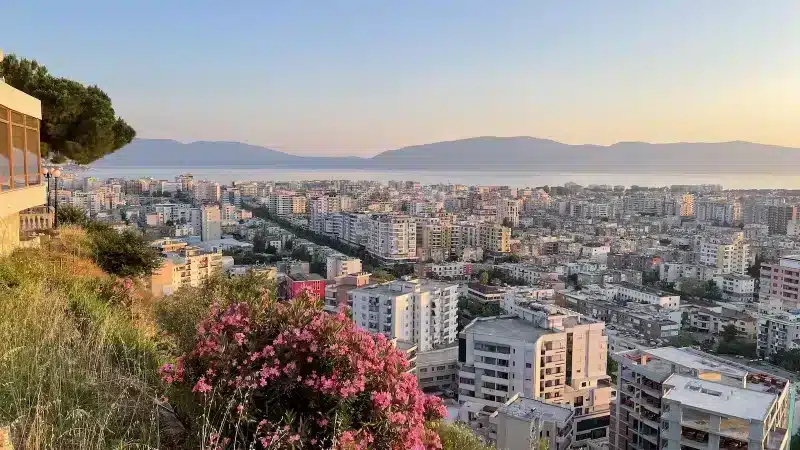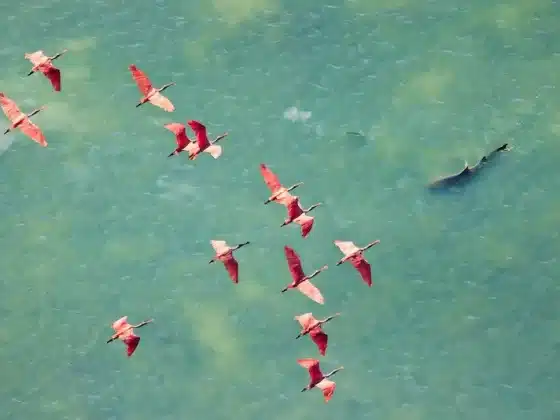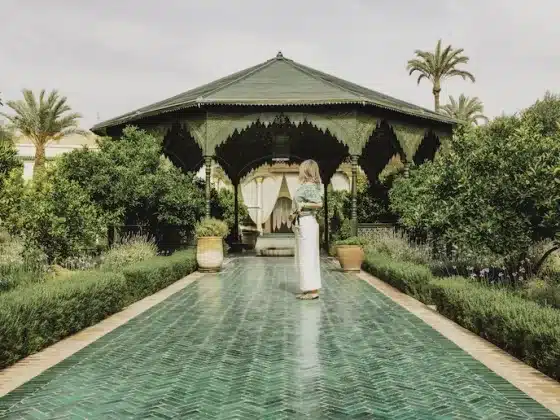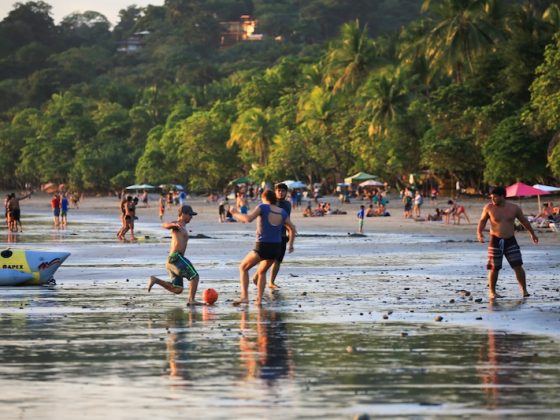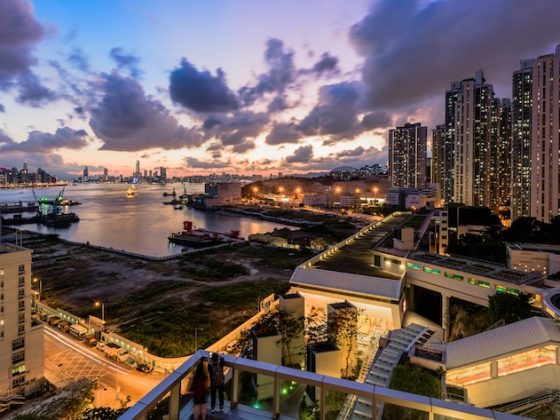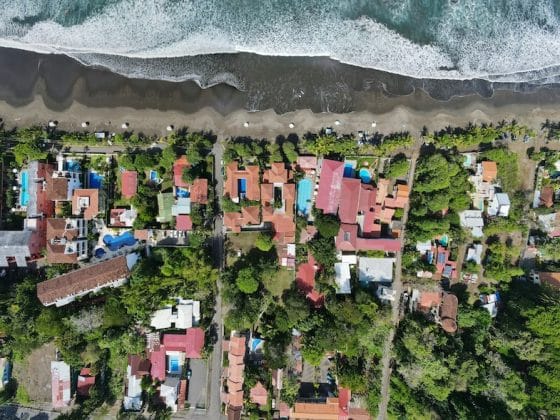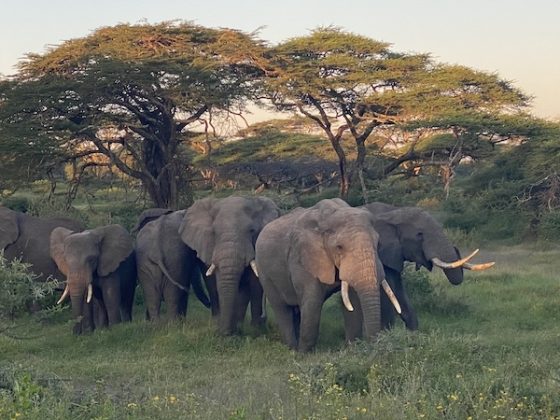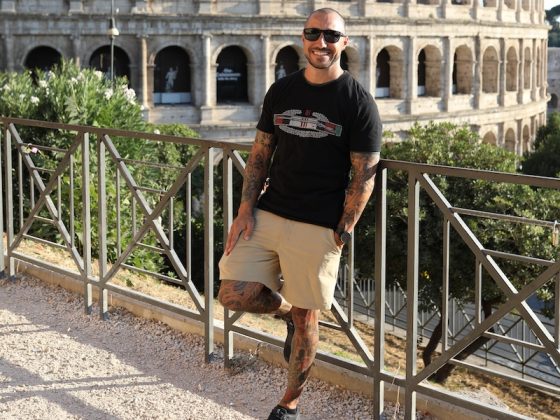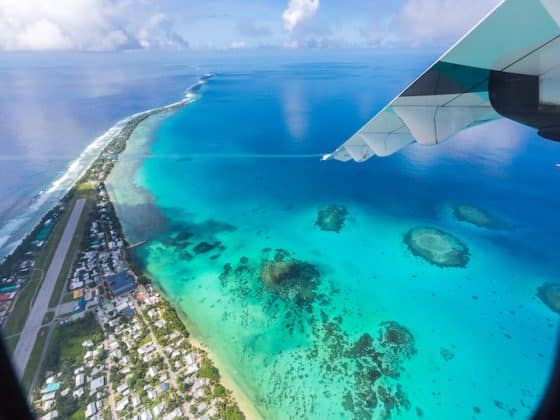In the heat of a Mediterranean summer, with house music rolling through Tirana’s open-air cafés and the Adriatic shimmering in the distance, it’s hard to imagine this country was once Europe’s hermit state. This Albania travel guide explores how the nation—once isolated, impoverished, and long ignored—has reemerged onto the world stage. And in doing so, it’s become one of Europe’s most surprising places to visit, to live, and to discover yourself anew.
Once locked away behind concrete walls and political fear, Albania is now opening itself to visitors in search of natural beauty, vibrant culture, and affordable adventure. Whether you’re planning a trip or looking for inspiration, this Albania travel guide reveals beaches that remain blissfully crowd-free, streets splashed with bold colors that have replaced the dull gray of its past, and a capital city buzzing with creative energy and optimism.
Once locked away behind concrete walls and political fear, Albania is now opening itself to visitors in search of natural beauty, vibrant culture, and affordable adventure.
Shadows of Isolation
Between 1946 and 1991, Albania earned the chilling nickname “Europe’s North Korea.” Under Enver Hoxha’s iron rule, the country was sealed shut from the world—even from most of the communist bloc.
Paranoia fueled brutal control. Entry and exit were almost impossible. Surveillance, censorship, arbitrary arrests, and forced labor camps crushed any hint of dissent. Freedom was a distant dream.
When Hoxha died in 1985, the doors cracked open slightly—but the world wasn’t rushing in. Albania’s collapsing infrastructure and entrenched corruption held little appeal. By 1989, only around 10,000 tourists crossed its borders—mostly from neighboring Yugoslavia and other nearby Eastern Bloc countries.
And when communism collapsed in 1991, Albania plunged further into chaos. With no money, no jobs, and rampant corruption, a mass exodus followed. Young people fled to build lives abroad, leaving the country hollowed out and struggling.
In the late 1990s, Albania’s image shifted from closed-off dictatorship to impoverished gangland. It was no longer isolated—but it was still avoided.
In the late 1990s, Albania’s image shifted from closed-off dictatorship to impoverished gangland. It was no longer isolated—but it was still avoided.
Read more like this: Summer in Scandinavian
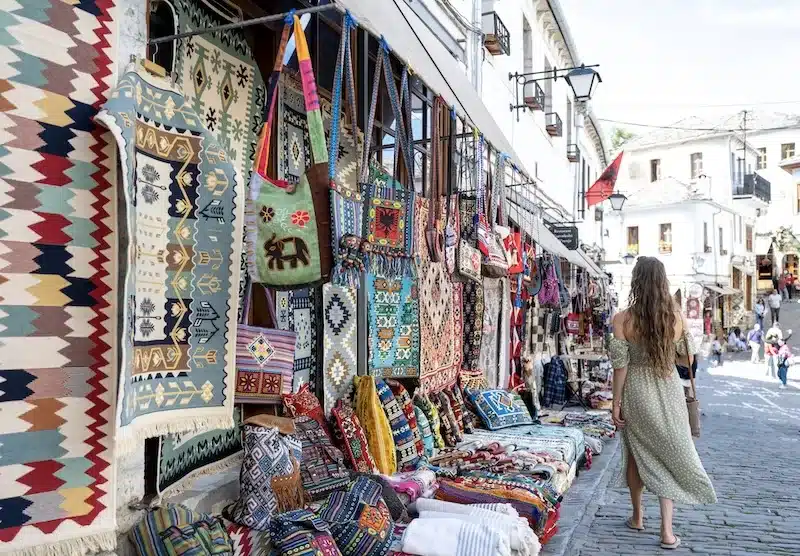
Tirana’s Transformation
By the early 2000s, Albania had hit rock bottom. And then Edi Rama happened. When Rama—an artist turned politician—became mayor of Tirana in 2000, the capital was a bleak, lawless city, suffocated by corruption and brutalist gray apartment blocks. With a minuscule budget, Rama knew he couldn’t rebuild the city from scratch. So he turned to color.
Rama launched the “Clean and Green” campaign. Public parks were created. Trees were planted. Illegal buildings and gang hideouts were torn down. But his most famous move? He painted the city. Green, yellow, blue, red—Tirana’s gray, oppressive tower blocks were transformed into vibrant canvases.
This simple act of civic creativity gave people pride in their city—and hope for the future.
After communism and the events in 1997, people were lacking a sense of belonging to the country. There was a rage against everything that was a state building because it was perceived as property of the enemy… we are trying to make people understand that what is public is also yours. —Edi Rama
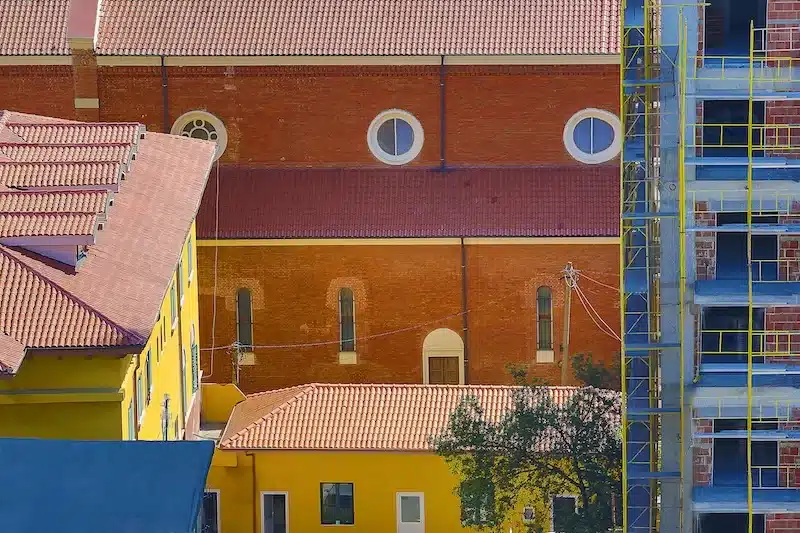
A Movement Spreads Across Albania
Rama’s vision didn’t stop in Tirana. Across the country, councils began cleaning up streets, planting trees, and painting old Soviet shells into something new.
Erion Veliaj, who followed Rama as mayor, took this urban revival further. Tirana opened its doors to global architects, creating one of Europe’s most unexpected hubs for contemporary design.
The results are everywhere: surreal glass pyramids, swirling towers, and pocket parks that bring life to forgotten corners. Suddenly, Tirana wasn’t Europe’s grayest capital. It was one of its most colorful.
The Beaches the World Forgot
But Albania’s renaissance wasn’t limited to the cities. Along its southern coast, the Albanian Riviera—stretching from Vlorë to Saranda—revealed itself as one of Europe’s best-kept secrets. Picture white-pebble beaches, turquoise coves, and sleepy seaside towns waking up to boutique hotels and beach clubs.
In Ksamil, just south of Saranda, Caribbean-blue waters wash against quiet shores dotted with seafood shacks and beach bars. A short hop from Corfu, it feels a world away from the tourist crowds of Greece.
Further north, Himarë offers a blend of rugged coastline and small-town charm. It’s a place where you can rent a kayak in the morning, sip Albanian wine by sunset, and fall asleep to the sound of waves under the stars.
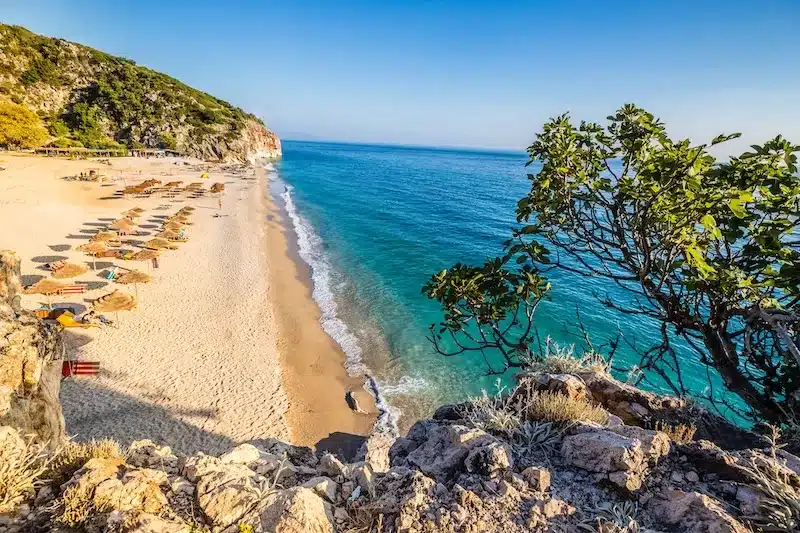
Mountain Trails and Stone Cities
Inland, the Albanian Alps—sometimes called the Accursed Mountains, a name thought to originate from the region’s rugged terrain and centuries-old local legends of isolation and hardship—are an outdoor adventurer’s dream. In Valbona and Theth, ancient footpaths wind through wildflower meadows, dramatic peaks, and waterfalls. Small family guesthouses offer home-cooked meals and stories of a time before the tourists came.
To the south, Berat and Gjirokastër, both UNESCO World Heritage towns, preserve Albania’s Ottoman past. Whitewashed stone houses, cobbled streets, and hilltop castles overlook sleepy riverside cafes and artisan markets.
And on the eastern border, the shores of Lake Ohrid shimmer in the summer heat—quiet, peaceful, and far removed from Europe’s usual tourist trail.
A Culture in Bloom
Today’s Albania hums with creativity. Music festivals like Kala and ION Festival transform the Riviera into a Mediterranean Ibiza, drawing international crowds for sunrise DJ sets on the sand. Tirana’s streets host open-air art festivals and pop-up street performances.
Coffee culture is serious here—locals spend hours at pavement cafés, debating politics or watching the world go by. Albania’s culinary scene is quietly impressive: rich stews, grilled meats, fresh seafood, and local wines few outside the country have tasted.
You’ll also find a small but growing creative class—musicians, filmmakers, artists—telling stories of a new Albania that refuses to be defined by its past.
Read more like this: Gateway to the Mediterranean
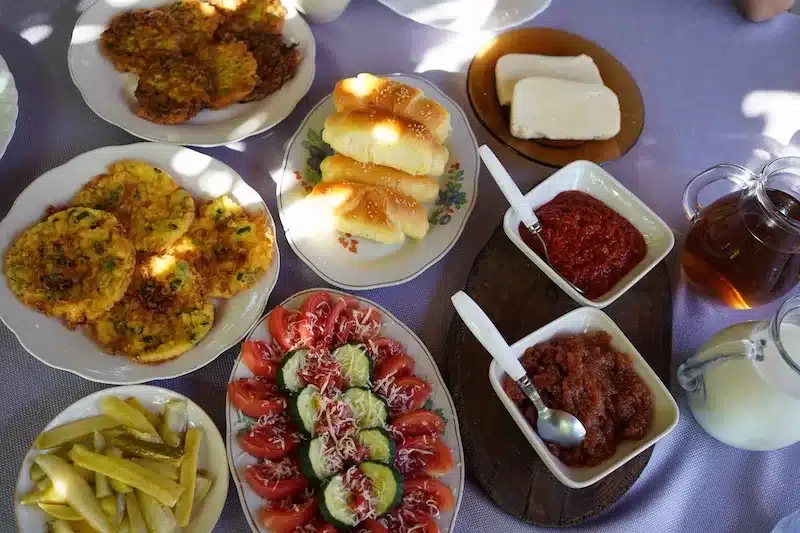
The Rise of Tourism and the Expat Appeal
In the first six months of 2024, Albania welcomed a record-breaking 4.5 million tourists—a staggering leap from the 10,000 who visited in 1989. Tourism now brings in an estimated $80 million a year, helping lift incomes and fund social programs.
For expats, Albania offers something rare in Europe:
- Affordable living: Beachside apartments rent for a fraction of the price of Spain or Italy.
- Natural beauty: Wild mountain landscapes, unspoiled coastline, and quiet lakes.
- A frontier feeling: Albania isn’t overrun with digital nomads (yet)—it still feels like you’re discovering something raw and real.
Visas are easy for many nationalities, especially Americans and Canadians. Property remains cheap in areas like Saranda and Vlorë. And in Tirana, a growing startup and remote work scene is creating community around coworking spaces and creative hubs.
Albania Travel guide: Getting Here—and Getting Around
Reaching Albania is easier than ever. Low-cost airlines connect Tirana and coastal cities to major European hubs. Ferries run from Italy across the Adriatic to Durrës and Vlora.
Public transport is basic but improving. Minibuses (furgons) connect towns and villages, while car rentals open up the winding mountain roads. And while some infrastructure quirks remain—patchy Wi-Fi outside major cities, unpredictable opening hours—that’s part of the charm.
Read more like this: How to Avoid Summer Travel Hell
Still a Work in Progress
Albania isn’t without its flaws. Corruption, poverty, and political volatility still linger. Infrastructure lags behind Western Europe. EU membership remains a distant goal. But the story here is one of motion, not stagnation. The problems are real—but so is the energy pushing against them. And that tension—that mix of grit and beauty—is exactly what makes Albania so fascinating right now.
Albania isn’t without its flaws. Corruption, poverty, and political volatility still linger. The problems are real—but so is the energy pushing against them. And that tension—that mix of grit and beauty—is exactly what makes Albania so fascinating right now.
Albania travel guide: Where to Begin
If you go to Albania today, you’ll find yourself at the crossroads of its past and its future. Spend a morning wandering Tirana’s street markets, where old men play chess in shady courtyards. Swim the clear waters of the Ionian coast, where cliffs drop dramatically into turquoise seas. Hike mountain trails once trodden only by shepherds and smugglers. Or simply sit at a café in the sunshine, order an espresso for less than a dollar, and watch the new Albania walk by.
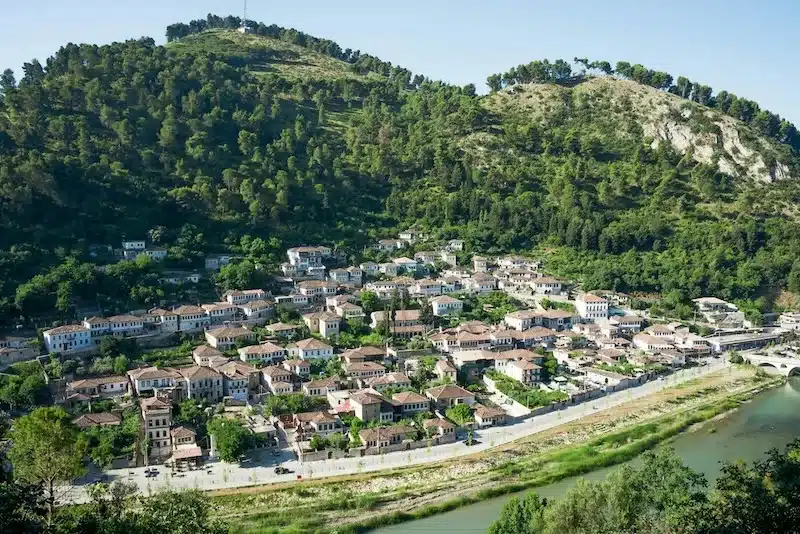
Albania travel guide: The Last Word
Albania’s story is still unfolding, but it’s no longer a country trapped by its past. It’s a place of sandy beaches, creative cities, and bold reinvention. A place where the next generation isn’t running away—they’re staying to build something new. A place where the shadows of the past have given way to a colorful, imperfect, but undeniably hopeful present.
And perhaps it’s only fitting that its most famous voice, pop icon Dua Lipa, said it best:
“Did a full 180, crazy
Thinking ’bout the way I was
Did the heartbreak change me?
Maybe, but look at where I ended up.”
Read more like this: Best places to live in the world
FAQ on Albania Travel Guide to summer
1. What to do in Albania in summer?
In summer, Albania offers a wide range of activities—from relaxing on its pristine beaches along the Ionian and Adriatic coasts, to hiking in the Albanian Alps, exploring ancient ruins, and enjoying vibrant nightlife in Tirana and coastal towns.
2. Where to go in Albania in summer?
Top summer destinations include the Albanian Riviera (like Himarë, Dhërmi, and Ksamil), Lake Ohrid, the UNESCO city of Berat, and the capital Tirana. For nature lovers, Valbona Valley and Theth in the north are perfect escapes.
3. When is summer in Albania?
Summer in Albania typically runs from June to September, with July and August being the hottest months—ideal for beach holidays and coastal exploration.
4. What to visit in Albania?
Must-visit attractions include Butrint National Park, Gjirokastër and Berat (both UNESCO World Heritage Sites), Rozafa Castle, Blue Eye Spring, and the capital Tirana with its colorful architecture and lively scene.
5. Is Albania safe to travel?
Yes, Albania is generally considered safe for travelers. Like any destination, it’s wise to take normal precautions, but most visitors find the country welcoming, friendly, and hassle-free.
6. Where is Albania located?
In Southeastern Europe, on the Bal kan Peninsula, by the Adriatic and Ionian Seas.
About the Author
Ethan Rooney is an Irish journalist covering global communities, culture, and niche movements.
Contact Author
"*" indicates required fields
Stay Ahead on Every Adventure!
Stay updated with the World News on Escape Artist. Get all the travel news, international destinations, expat living, moving abroad, Lifestyle Tips, and digital nomad opportunities. Your next journey starts here—don’t miss a moment! Subscribe Now!
